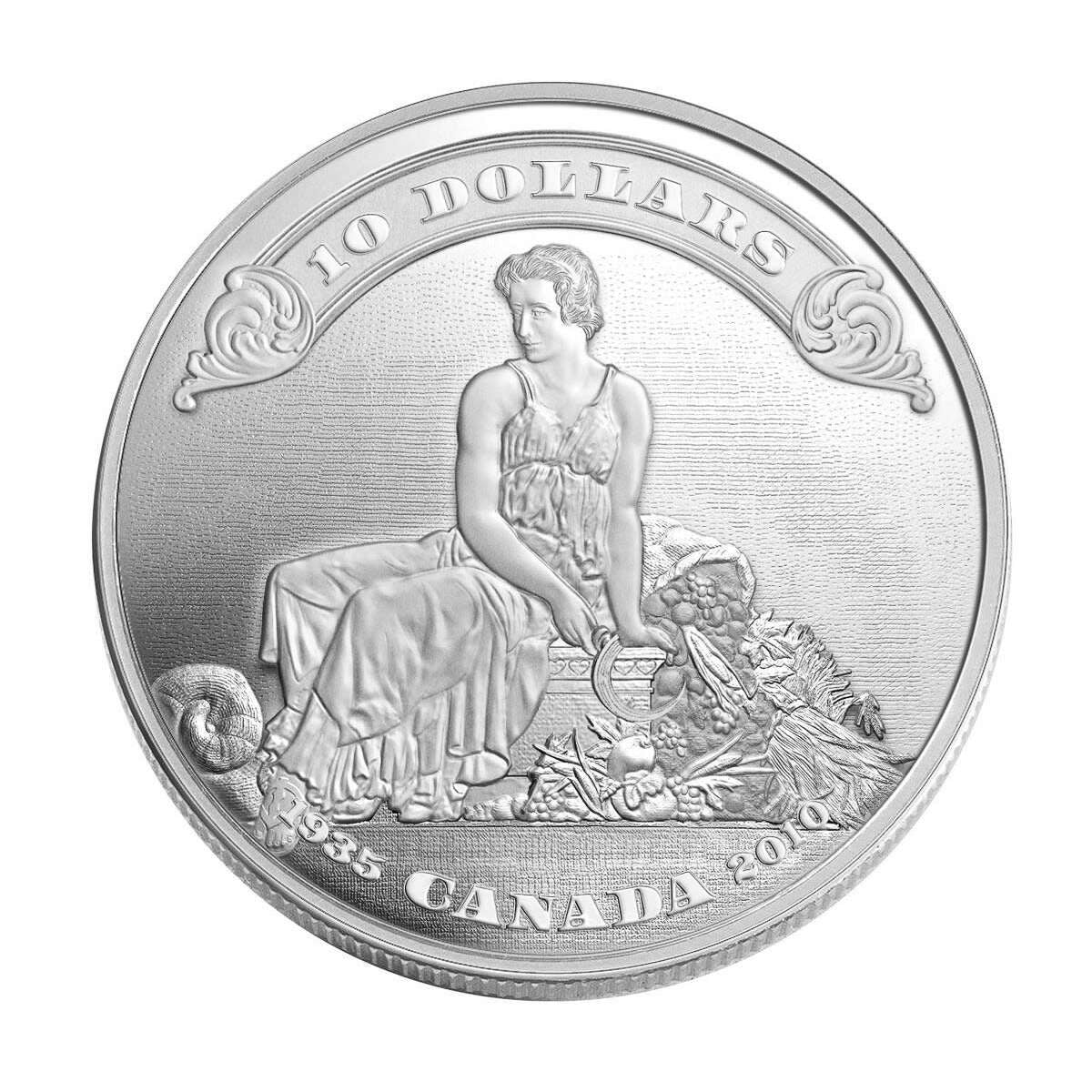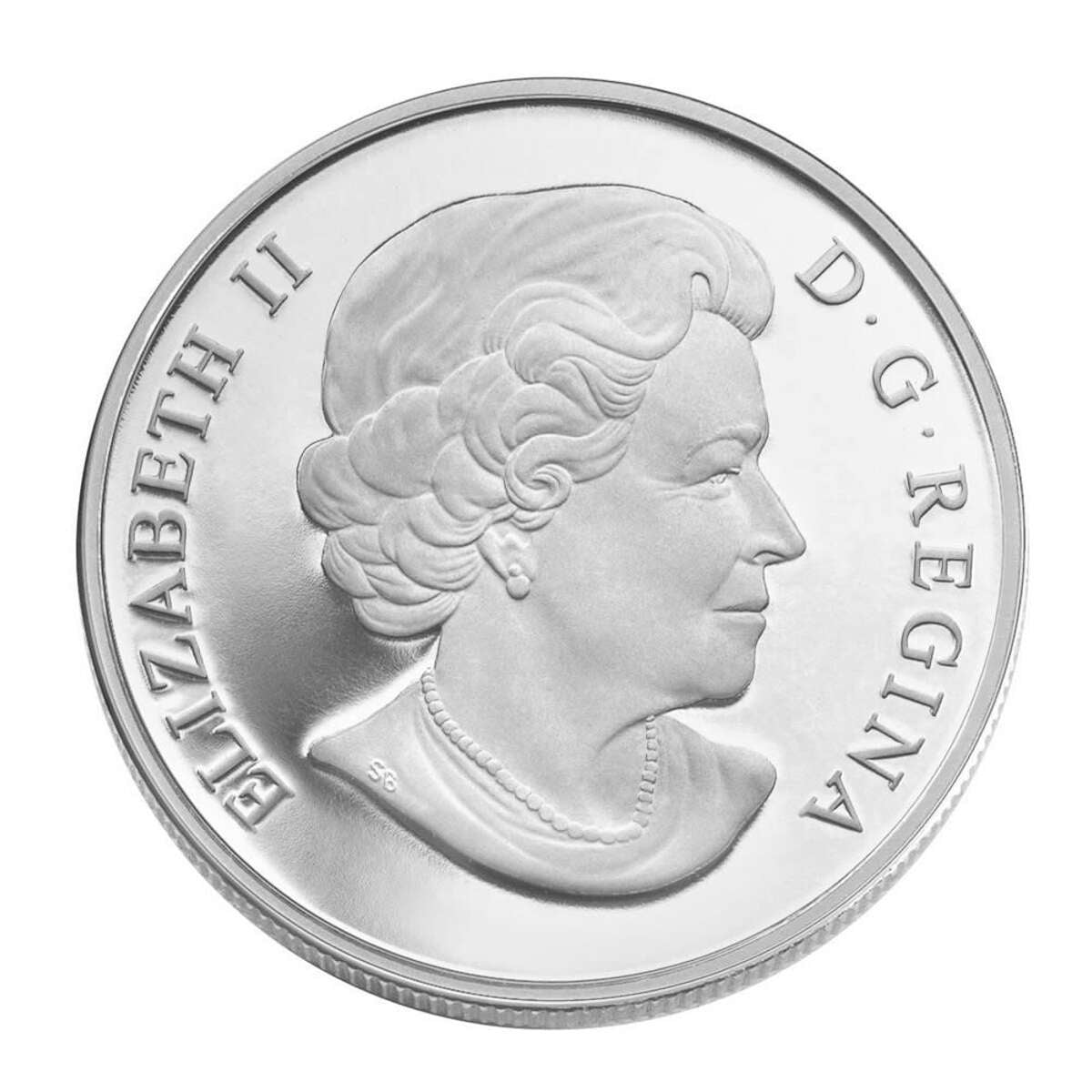Description
For almost 200 years, Canadian paper money existed in a variety of forms until the first national bank notes were issued on March 11, 1935. Each denomination featured a member of the royal family or former Canadian prime minister on the front with an allegorical figure on the back.
Agriculture was the theme of the 10- and 20-dollar bank notes. Each featured a different interpretation that has been expertly reproduced on these 99.99% pure silver coins - a historical treasure!
The Design:
The front of the notes featured a portrait of a member of the royal family or of a former Canadian prime minister while allegorical figures representing Canada’s growing agricultural, industrial and commercial prosperity appeared on the back. Each denomination was available in English or French, a practice that ended with the introduction of bilingual notes in 1937.
Did You Know?
The Bank of Canada began operating 75 years ago in 1935 and was given responsibility to regulate the country’s money supply and to “promote the economic and financial welfare of Canada.” Accordingly, it was given the exclusive right to issue Canada’s bank notes. On March 11, 1935, the Bank of Canada issued its first series of bank notes.
The inaugural series of 1935 included denominations of $1, $2, $5, $10, $20, $50, $100, $500 and $1,000. (A $25 note was issued later in 1935 to commemorate the silver jubilee of King George V).




